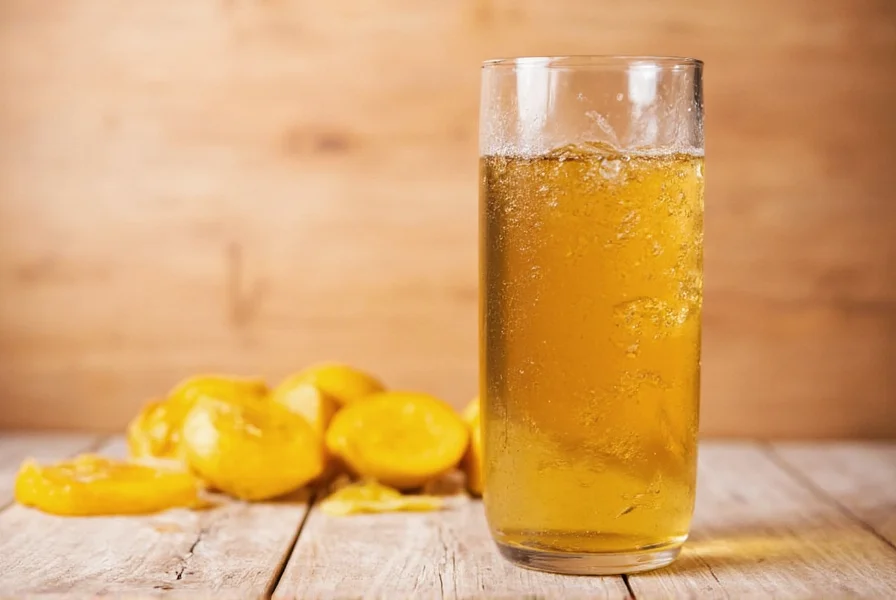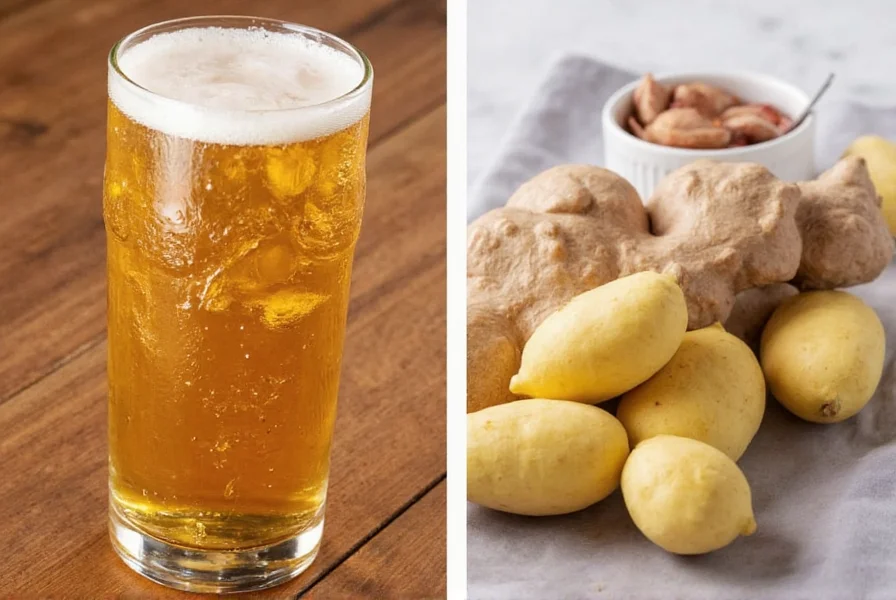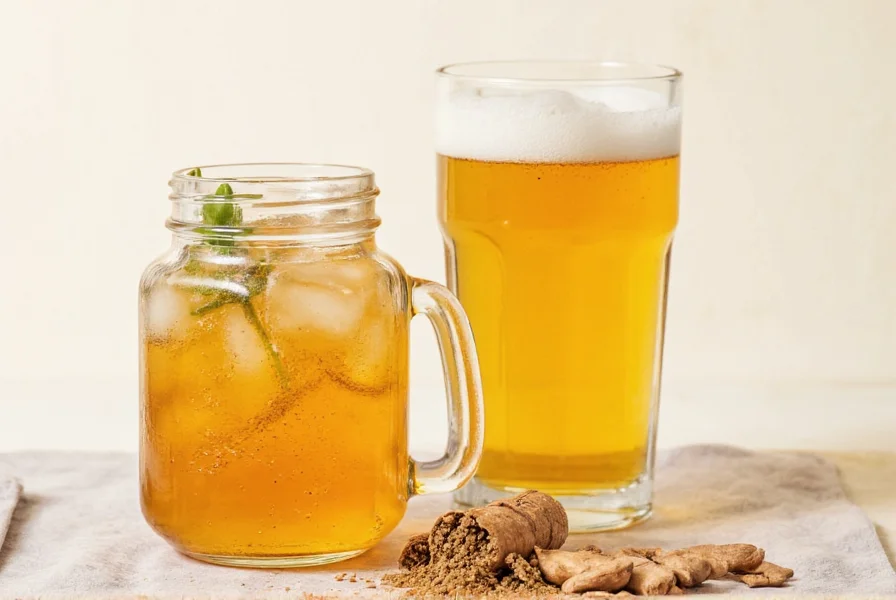When you reach for a bottle of ginger ale, you might assume you're getting a healthy dose of ginger. The truth is more complex. While ginger ale originated as a medicinal beverage made with real ginger root, modern commercial versions often contain surprisingly little actual ginger. Most mainstream brands like Canada Dry and Schweppes use artificial ginger flavoring as the primary taste component, with only trace amounts of real ginger extract.
The Evolution of Ginger Ale
Ginger ale has an interesting history that explains why today's versions differ from traditional recipes. Originally developed in 19th century Ireland, authentic ginger ale was a fermented beverage made with fresh ginger root, sugar, water, and a ginger beer plant (a symbiotic culture of bacteria and yeast). This traditional version contained significant amounts of real ginger and offered genuine digestive benefits.
Over time, commercial producers simplified the recipe for mass production. The ginger beer plant fermentation process was replaced with carbonated water and flavorings. This shift dramatically reduced the actual ginger content while maintaining the familiar taste profile through artificial means.
What's Really in Your Ginger Ale?
To understand what's in modern ginger ale, let's examine typical ingredients:
| Ingredient | Traditional Ginger Ale | Commercial Ginger Ale |
|---|---|---|
| Ginger Root/Extract | Substantial amount (2-5%) | Trace amounts or artificial flavoring |
| Sugar | Moderate (from natural fermentation) | High (30-40g per 12oz) |
| Carbonation | Natural from fermentation | Added under pressure |
| Additional Flavorings | None or minimal | Citric acid, natural flavors, preservatives |
The key difference lies in the ginger content. Traditional recipes use fresh ginger root as the primary flavoring agent, while commercial versions often list "natural flavors" or "ginger flavor" as the main taste component, with actual ginger extract appearing much lower in the ingredients list.

Natural vs. Artificial Ginger Flavoring
Understanding the difference between natural and artificial ginger flavoring is crucial when evaluating ginger ale products:
- Natural ginger flavor typically comes from ginger root extract, though the concentration can vary
- Artificial ginger flavor is created in a lab to mimic ginger's taste without using actual ginger
- Ginger extract contains some real ginger compounds but is often highly diluted
Many popular brands like Canada Dry list "natural flavors" as the primary flavoring agent rather than specifying ginger extract. This means they're using flavor compounds derived from natural sources (which may include ginger), but the actual ginger content could be minimal.
How Much Ginger Is Actually Present?
Independent laboratory testing of popular ginger ale brands reveals significant differences in actual ginger content:
- Traditional craft ginger ales: 0.5-2.0% actual ginger root extract
- Mainstream commercial brands: 0.01-0.1% ginger extract (or none at all)
- Premium "real ginger" labeled products: 0.2-0.8% ginger extract
For reference, to experience ginger's potential digestive benefits, research suggests consuming at least 1-2 grams of fresh ginger. Most commercial ginger ales contain less than 50 milligrams of actual ginger per serving - far below the threshold for noticeable health effects.

Reading Ginger Ale Labels Effectively
When shopping for ginger ale with actual ginger content, look for these indicators on the label:
- "Made with real ginger" rather than "ginger flavor"
- Ginger root extract listed higher in the ingredients
- Avoid products where "natural flavors" is the primary flavoring
- Brands specifying ginger content percentage
Some craft soda makers like Reed's and Bruce's Ginger Ale explicitly state their ginger content and use actual ginger root in significant quantities. These products typically cost more but deliver the genuine ginger experience many consumers expect.
Why Ginger Content Matters
The amount of actual ginger in your beverage affects several important factors:
- Taste profile: Real ginger provides complex, spicy notes that artificial flavors can't fully replicate
- Health considerations: Ginger contains compounds like gingerol with potential digestive benefits
- Dietary needs: Those seeking ginger for nausea relief need sufficient quantities
- Allergen concerns: People with ginger sensitivities should know actual content levels
If you're drinking ginger ale specifically for potential health benefits like nausea relief, you'll likely need a product with substantial real ginger content or consider alternatives like ginger tea or fresh ginger chews.
Finding Ginger Ale With Real Ginger
For consumers seeking ginger ale with meaningful ginger content, several options exist:
- Craft soda brands that specify ginger root extract content
- "Extra spicy" or "strong ginger" varieties from mainstream brands
- International brands that follow traditional recipes
- Homemade ginger ale (requires fermentation time)
Reading ingredient labels carefully remains the best approach. Don't rely solely on marketing terms like "ginger ale" which don't guarantee significant ginger content according to FDA labeling regulations.











 浙公网安备
33010002000092号
浙公网安备
33010002000092号 浙B2-20120091-4
浙B2-20120091-4